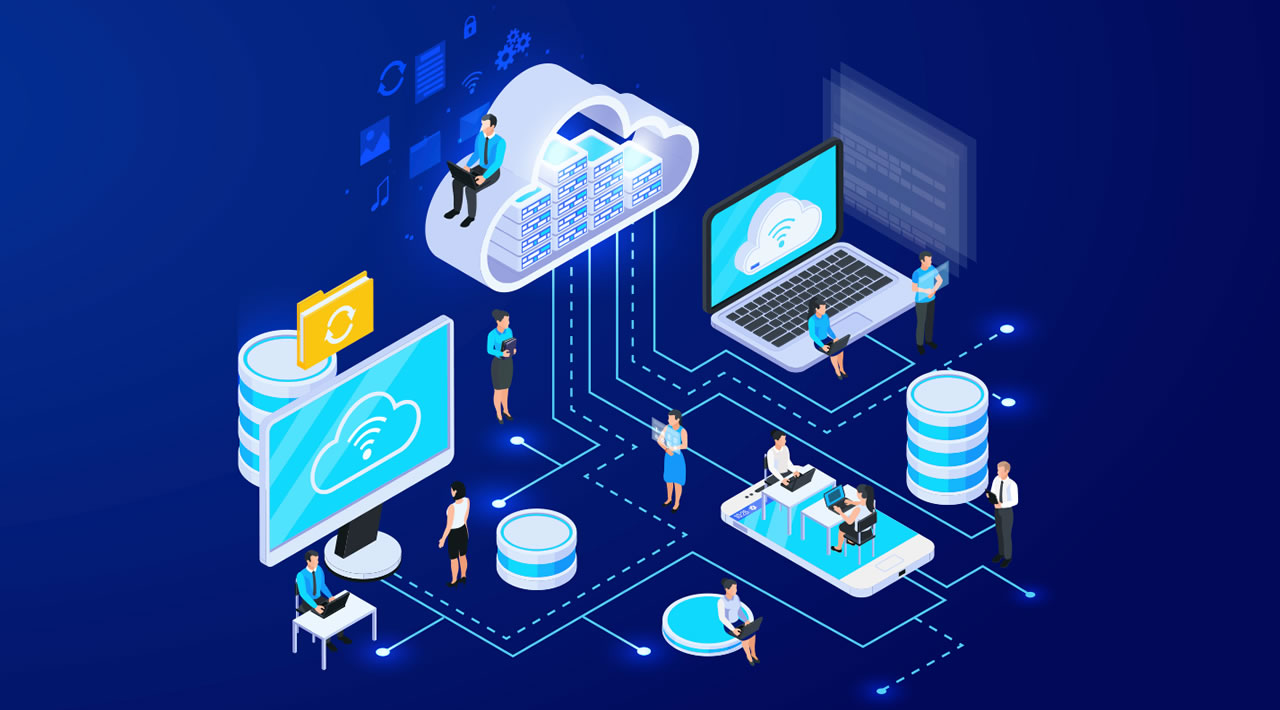In this article we take it back to the basics and explain what is serverless architecture, what are its advantages and disadvantages, and who would really benefit from adapting this new way of computing.
Serverless has been around for a minute now but it’s safe to say that it’s still in its infancy in 2020 and definitely has a long way to go. But serverless architecture is a major step away from to dependence on humans and towards reliance on machines. Are the machines already talking over? Not literally the “Terminator” movie scenario quite yet but is this the beginning of the end of an era in the world as we know it? Let’s roll back a little and start at the beginning.
What is Serverless Architecture?
Serverless architecture or better yet, serverless computing as it’s also known, refers to applications that are dependent on third-party services and custom code that’s running in ephemeral containers.
Considering its name, serverless architecture doesn’t mean that it runs its code without servers. The name it has, “serverless computing”, is used only because the person or a company owning the system does not have to purchase or rent servers/virtual machines for the back-end code to be able to run. Simply put, serverless architecture is a way of building and running applications and services with no need, whatsoever, for infrastructure management.
Your application will still be running on servers, but bear in mind that AWS Lambda or other hosts do all of the server management. We conclude that the user no longer needs to scale, provision, and maintain servers to run his application, database or storage system.
#serverless #aws #cloud #developer
